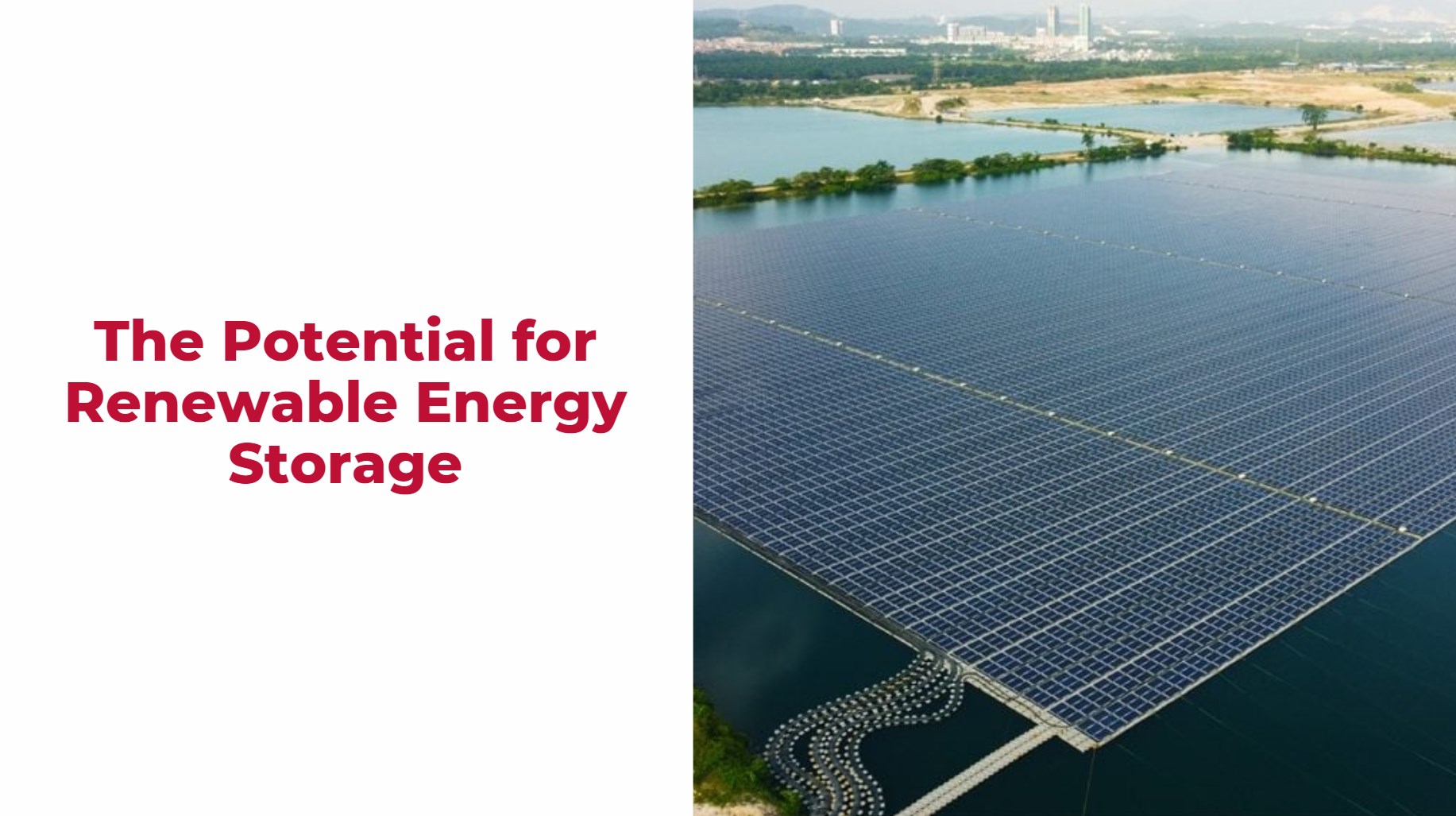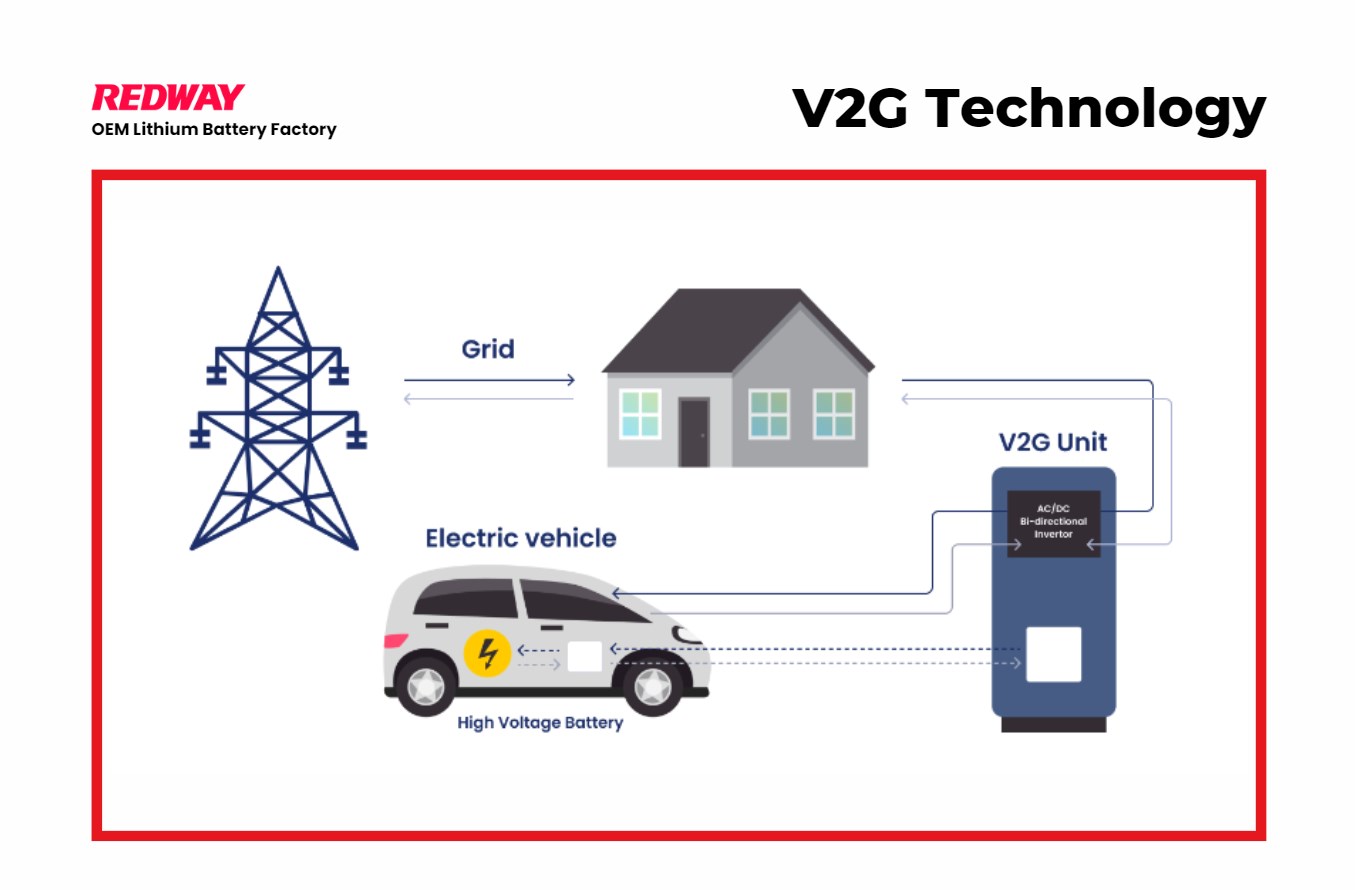Renewable energy storage stands at the forefront of the transition to a sustainable energy system. As the world shifts towards cleaner energy sources, the ability to efficiently store and manage renewable energy becomes increasingly crucial. This article explores the immense potential of renewable energy storage, highlighting its benefits, technological advancements, and the role it plays in shaping the future of energy.
Renewable energy storage is vital for using solar and wind power effectively. It allows excess energy to be saved for later use, ensuring a steady supply. With advancements in technology, storage solutions are becoming more cost-effective and environmentally friendly. This helps reduce fossil fuel reliance and enhances grid stability, paving the way for a sustainable energy future.
1. Integration of Variable Renewable Energy
Managing Intermittency
Renewable energy sources such as solar and wind are inherently variable and intermittent, producing energy based on environmental conditions that can fluctuate throughout the day and year. Energy storage systems address this challenge by capturing excess energy generated during peak production periods and storing it for use when generation is low. This capability is vital for maintaining grid reliability and stability as the share of renewables increases in the energy mix.
Enhancing Grid Stability
Energy storage systems play a crucial role in grid stability by smoothing out the fluctuations in energy supply. By storing excess energy when it is available and releasing it during periods of high demand, these systems help balance supply and demand, ensuring a consistent and reliable power supply. This is particularly important as renewable energy sources become a larger component of the energy mix.
2. Enhanced Grid Flexibility
Balancing Supply and Demand
Energy storage enhances the flexibility of the electricity grid by providing a buffer between energy generation and consumption. During times of low demand and high generation, energy storage systems absorb excess power, preventing grid overloads and energy waste. Conversely, during periods of high demand and low generation, stored energy is discharged to meet the increased demand. This dynamic balance is essential for integrating a growing share of renewable energy sources into the grid.
Accommodating Renewable Penetration
As the penetration of renewable energy sources increases, the need for flexible and responsive grid management becomes more pronounced. Energy storage systems offer a solution by enabling the grid to accommodate varying levels of renewable generation. This flexibility supports the ongoing transition to cleaner energy sources and helps maintain grid reliability.
3. Cost Reduction Potential
Decreasing Storage Costs
The costs associated with battery storage technologies are projected to decrease significantly in the coming years. According to the International Renewable Energy Agency (IRENA), the total installed costs of battery storage could fall by 50% to 60% by 2030. This reduction is driven by advancements in manufacturing, technology, and economies of scale. As costs decrease, energy storage becomes more economically viable and accessible for various applications, including residential, commercial, and industrial uses.
Economic Viability
The decreasing costs of energy storage technologies will make it increasingly feasible for businesses and individuals to invest in storage solutions. This economic viability supports the broader adoption of renewable energy systems and contributes to the overall reduction in energy costs.
4. Support for Electric Vehicles
EV Integration
Energy storage systems are integral to the widespread adoption of electric vehicles (EVs). They provide the necessary infrastructure to manage the charging and discharging of EVs, enabling these vehicles to serve as mobile storage units. During peak demand periods, EVs can return stored energy to the grid, helping to stabilize it and support overall grid reliability.
Vehicle-to-Grid Technology (V2G)
The integration of vehicle-to-grid (V2G) technology further enhances the role of EVs in energy storage. V2G technology allows EVs to not only draw power from the grid but also return stored energy to it. This capability enhances grid stability and supports the integration of renewable energy sources.
5. Thermal Energy Storage
Diverse Storage Technologies
In addition to battery storage, thermal energy storage (TES) technologies offer unique benefits for integrating renewable energy. TES systems, such as molten salts and liquid air storage, can decouple energy generation from demand. This allows for greater reliance on renewable sources and provides flexibility in managing seasonal energy needs.
Operational Flexibility
Thermal energy storage provides a different approach to energy storage compared to batteries, offering additional options for managing energy supply and demand. These technologies can store energy in the form of heat or cold and release it when needed, making them suitable for a range of applications.
6. Economic and Environmental Benefits
Reducing Fossil Fuel Dependence
Energy storage systems contribute to economic and environmental sustainability by reducing reliance on fossil fuels. By maximizing the use of renewable resources and storing excess energy, these systems help minimize energy waste and reduce the need for costly grid reinforcements.
Supporting Net-Zero Goals
The use of energy storage systems supports efforts to achieve net-zero carbon emissions by enabling a more efficient and resilient energy system. By reducing the need for fossil fuel-based backup power and improving the utilization of renewable energy, energy storage plays a key role in the transition to a cleaner energy future.
7. Market Growth and Investment Opportunities
Expanding Market
The energy storage market is poised for significant growth, with investments in storage technologies expected to reach billions of dollars by 2030. This growth is driven by the need for reliable storage solutions to support the transition to renewable energy and the decarbonization of the energy sector.
Investment Trends
Investment in energy storage technologies presents opportunities for innovation and development. As the market expands, new technologies and business models will emerge, driving further advancements in energy storage and supporting the broader adoption of renewable energy sources.
Conclusion
The potential for renewable energy storage is vast and multifaceted, providing essential support for the integration of variable energy sources, enhancing grid flexibility, and contributing to economic and environmental sustainability. As technology continues to advance and costs decrease, energy storage will play an increasingly critical role in achieving a clean and reliable energy future. The ongoing development and adoption of energy storage solutions will be pivotal in supporting the transition to a sustainable energy system and addressing the challenges of renewable energy integration.





